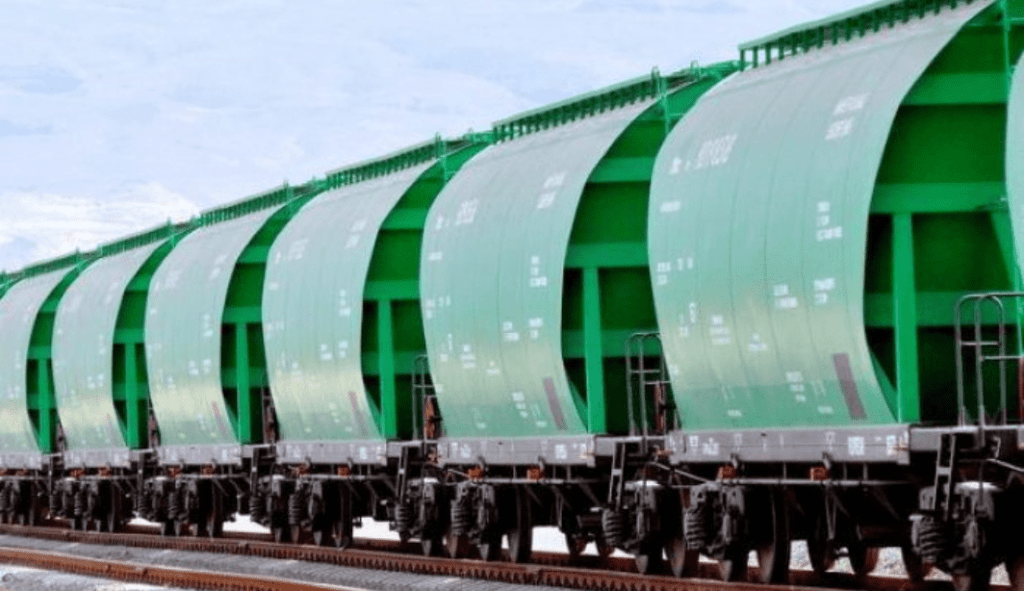The main objective of Russia‘s industrial policy is to create a high-tech and competitive industry that contributes to the diversification of the Russian economy, for which it now has 258 industrial parks, according to a report from the Russian government sent to the Organization World Trade Organization (WTO).
According to Rosstat, the industrial production index (IPI) in Russia had been increasing until 2020. In 2018 it was 103.5 (compared to 2017); in 2019 it was 103.4 and in 2020 it was 97.7. The IPI drop in 2020 was caused by the Covid-19 pandemic.
At the same time, at the end of 2020, manufacturing production registered an increase of 0.3% compared to 2019, while the indicator corresponding to mining production decreased, mainly due to the contraction of consumption as a result of the lockdown.
In January-May 2021, the IPI exceeded the indicator corresponding to the previous year by 3.2%.
Federal Law No. 488-FZ on Industrial Policy of the Russian Federation of December 31, 2014, remains the main normative legal act that determines the overall direction of Russian industrial policy.
Industrial policy
Since 2014, the state program «Industry Development and Increasing its Competitiveness» has been implemented in order to promote the competitiveness of the civil industry of the Russian Federation and enable the achievement of national development goals.
The main directions of industrial policy are as follows:
Promote an innovation policy that promotes the establishment of state guidelines and incentives to create an innovative development model.
Establish a structural policy that encourages the intersectoral and interregional flow of capital in order to facilitate financial support for the modification of sectoral and territorial industrial structures in accordance with the objectives of industrial policy.
Promote an investment policy that encourages investment for the development of production and production infrastructure.
Meanwhile, analysis of UNIDO data shows that when it comes to IPI, Russia’s manufacturing industry ranks fifth out of 16 countries with a developed manufacturing industry.
Products and sectors
Currently, in Russia, industrial parks, poles and agglomerations are being built with the aim of promoting the territorial expansion of Russian industry.
By the end of 2020, 258 industrial parks and 73 industrial centers had been created, which are operating satisfactorily today.
In 2021, the Strategy to Combat Illicit Traffic in Industrial Products was approved until 2025, specifically aimed at industries subject to special surveillance.
These include the chemical, electronic, food, light, pharmaceutical, automobile, children’s products industry, agricultural engineering, and the folk goods and handicrafts industry.
As part of the Strategy, control of the billing of relevant goods is being phased in, contributing, at minimal costs, to significantly reducing the production and marketing of illegal and pirated items.
On the other hand, on March 2, 2021, the reform of the association of standardization institutes was concluded with the creation of the Federal State Budgetary Institution «Russian Institute of Standardization», with the aim of introducing a more organizational and legal system. advanced to manage and implement state policy in the field of standardization.
Furthermore, on November 15, 2019, the Government of the Russian Federation adopted a roadmap for the development of standardization in the Russian Federation until 2021.
![]()

